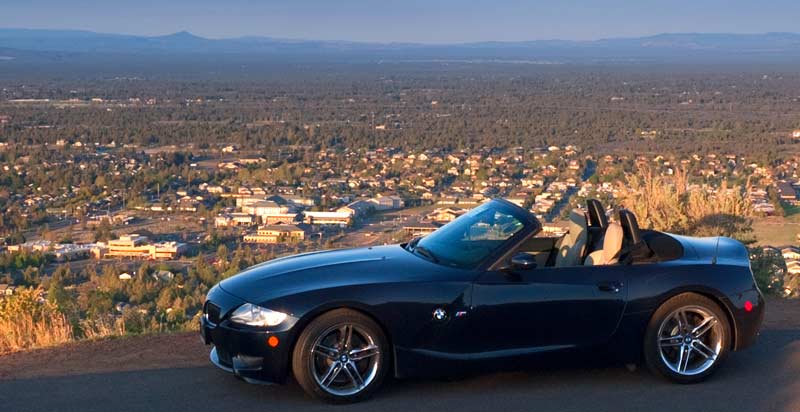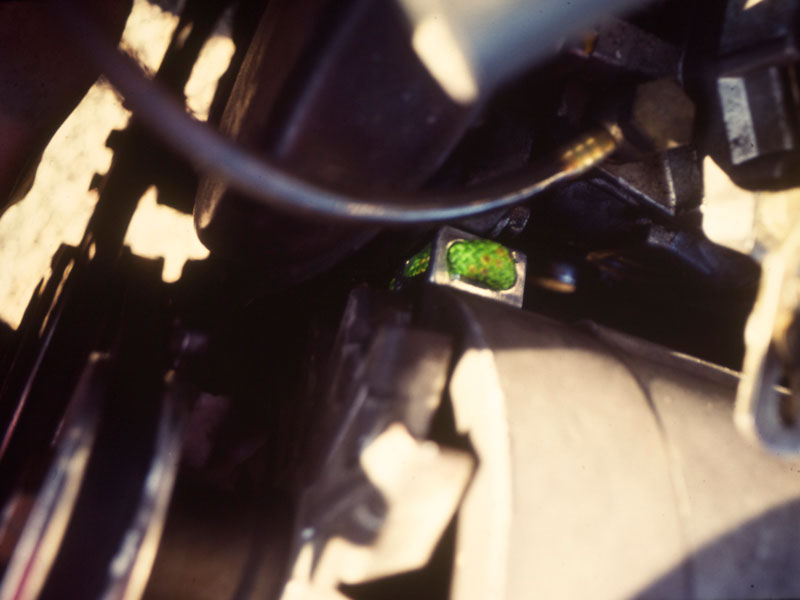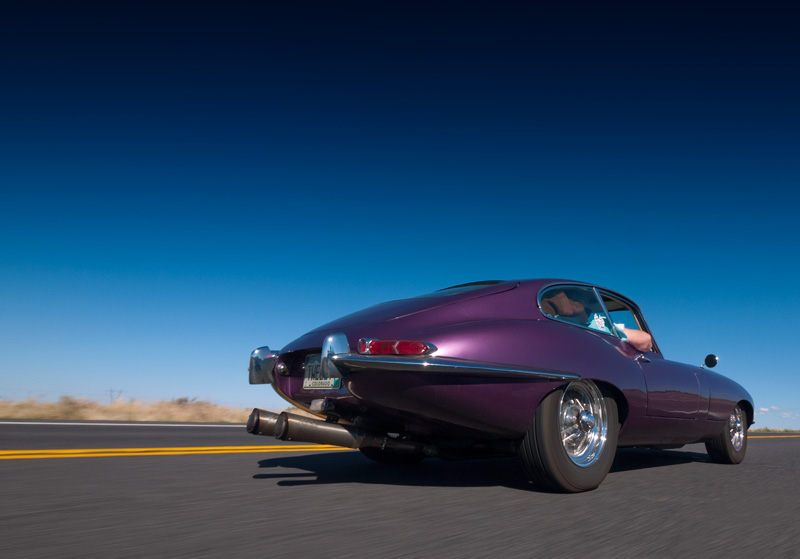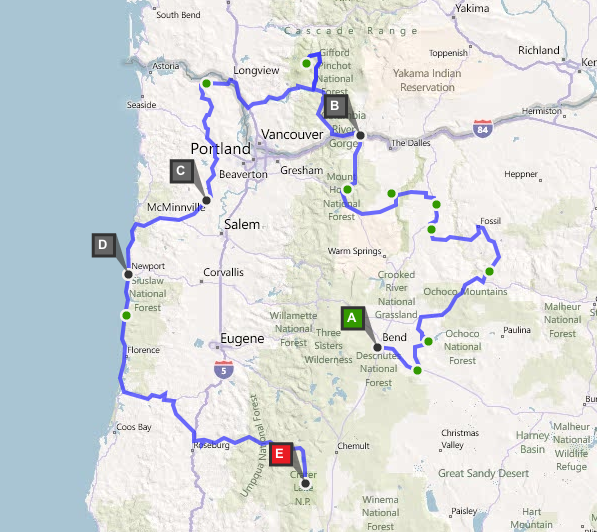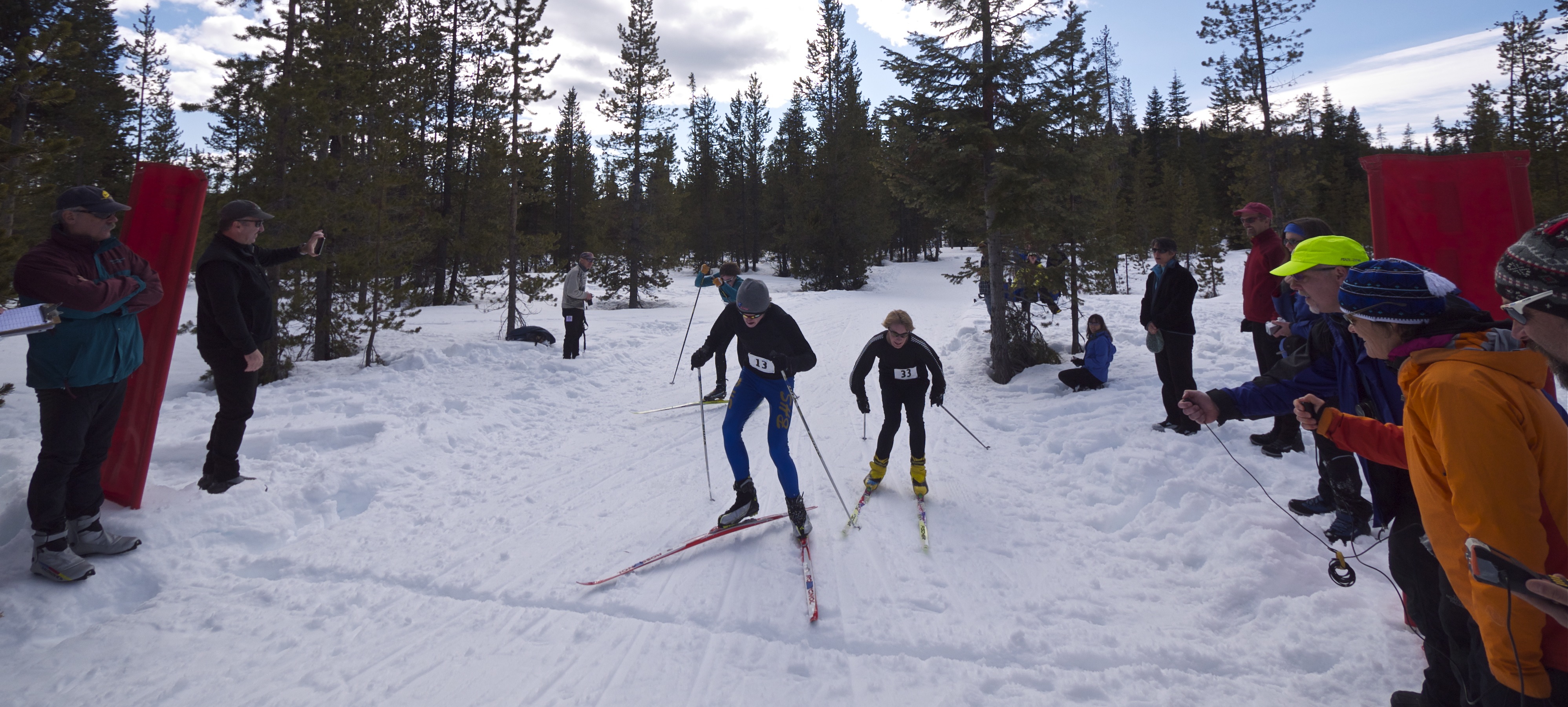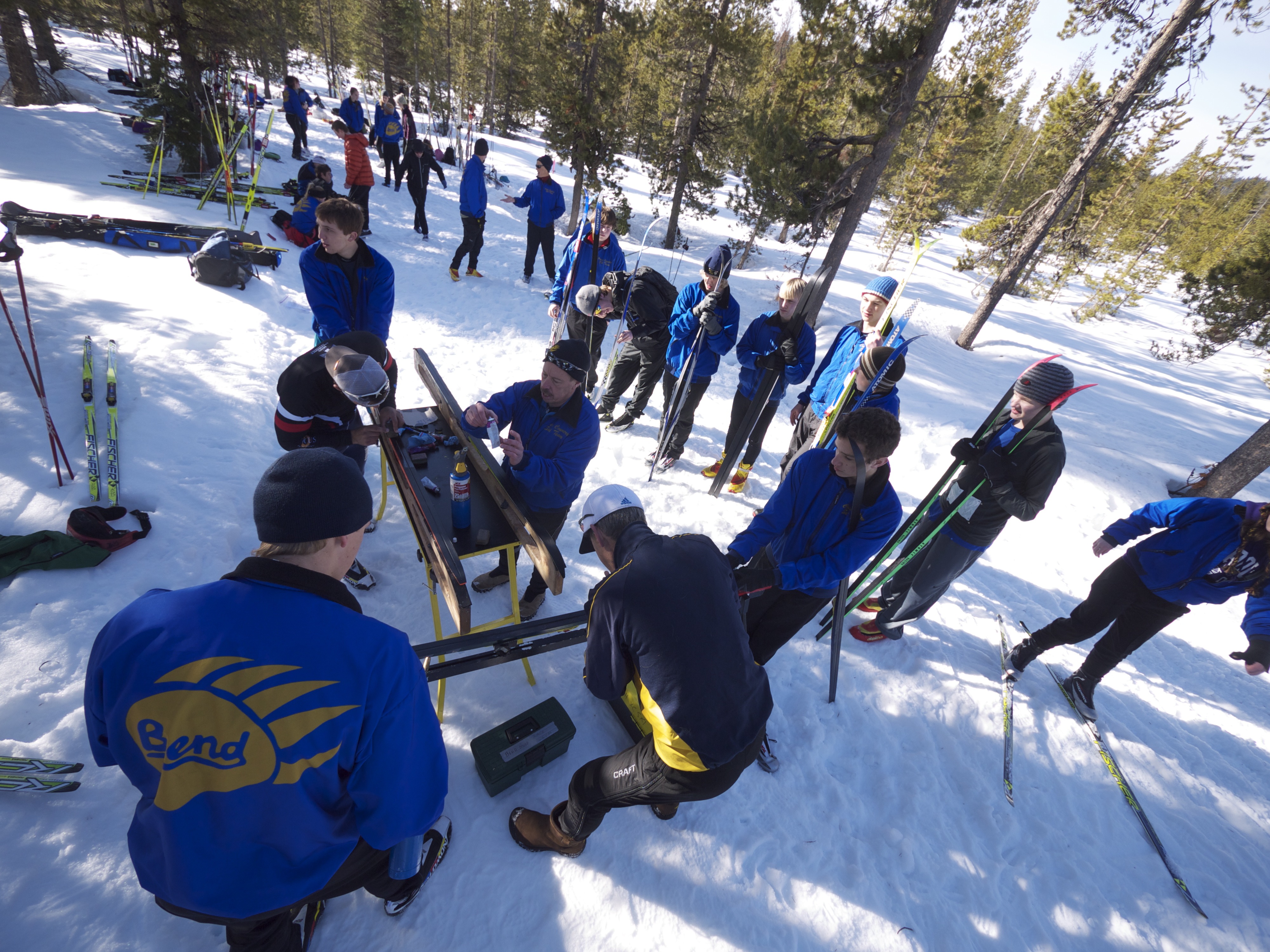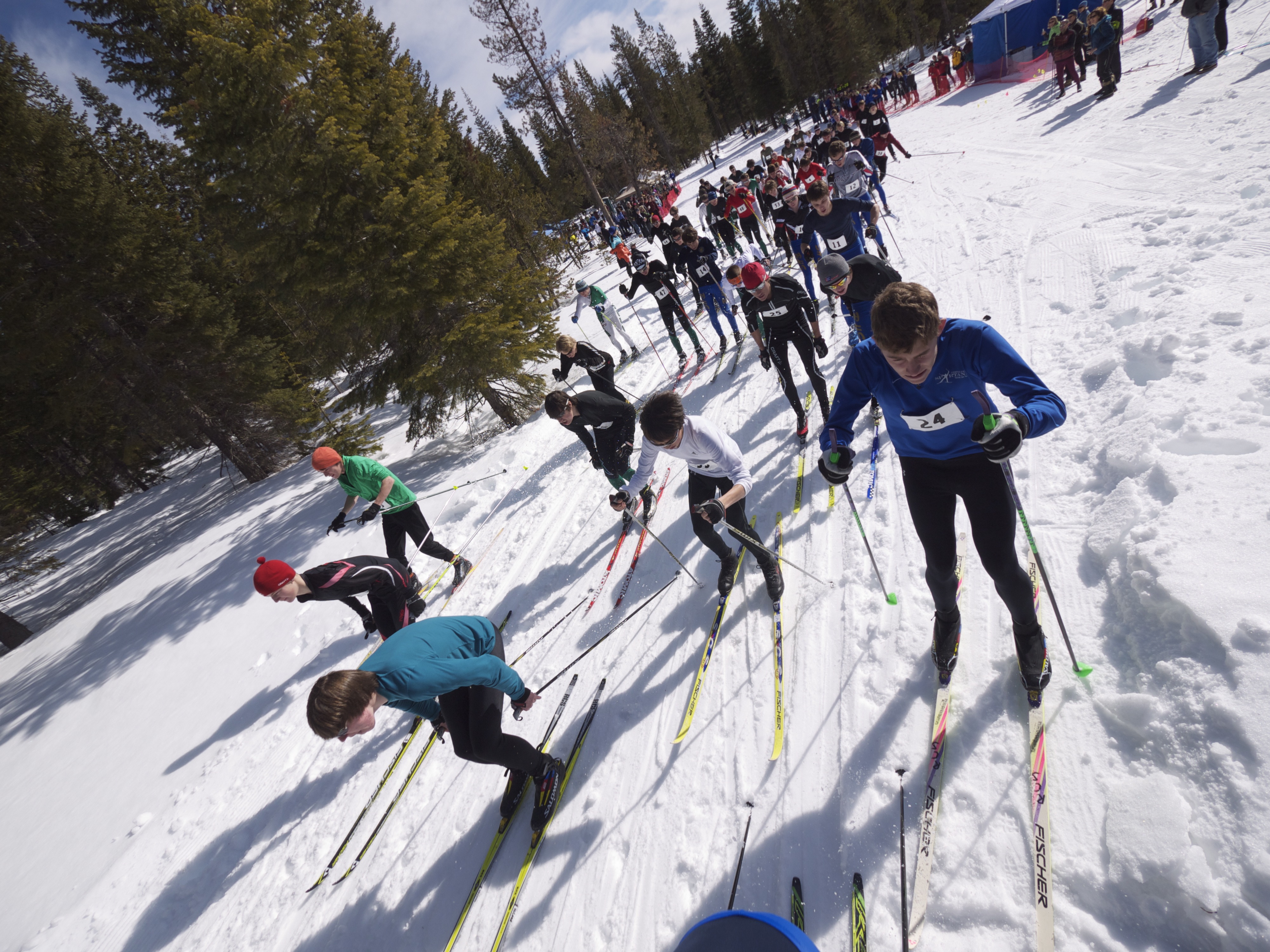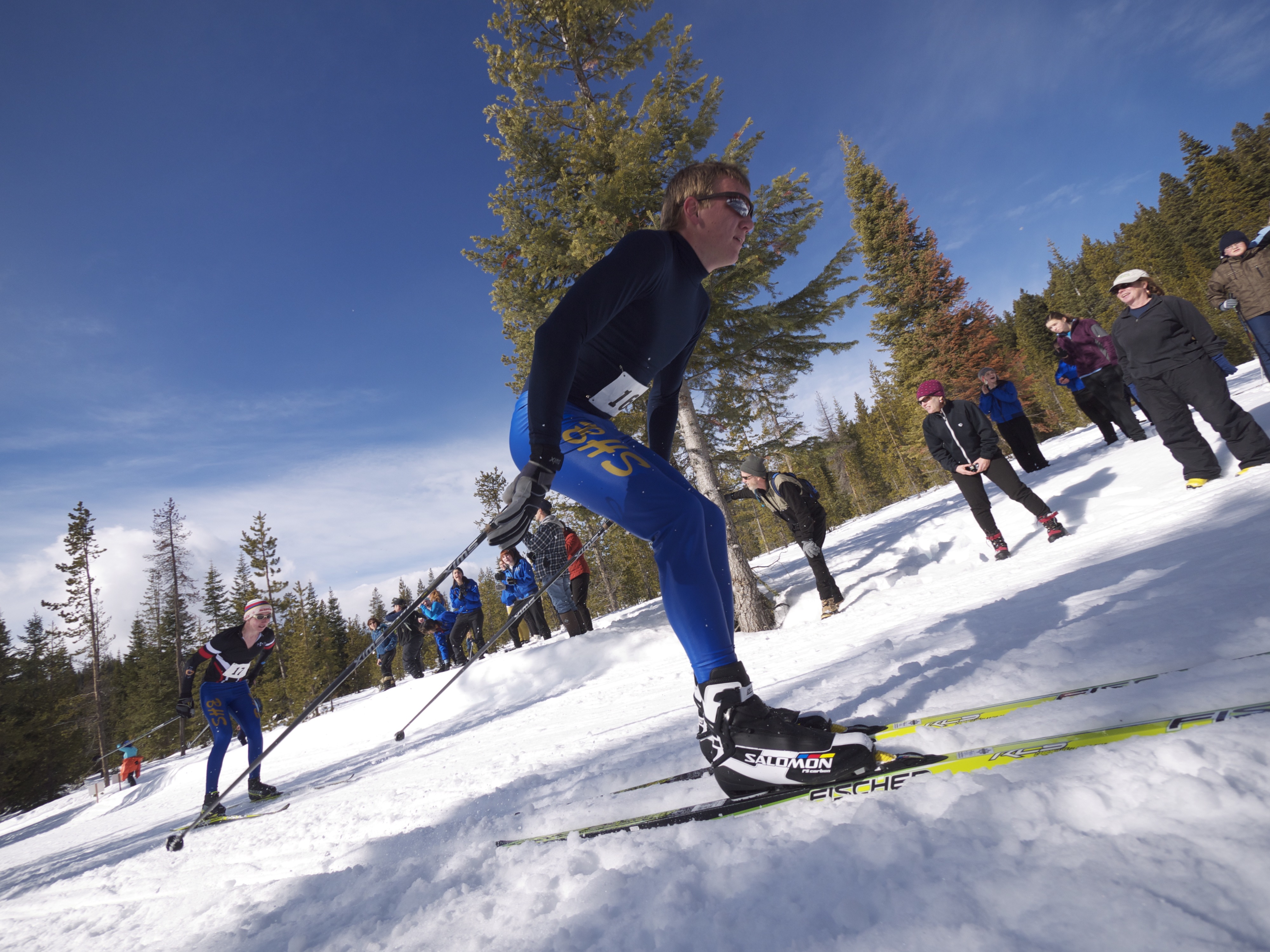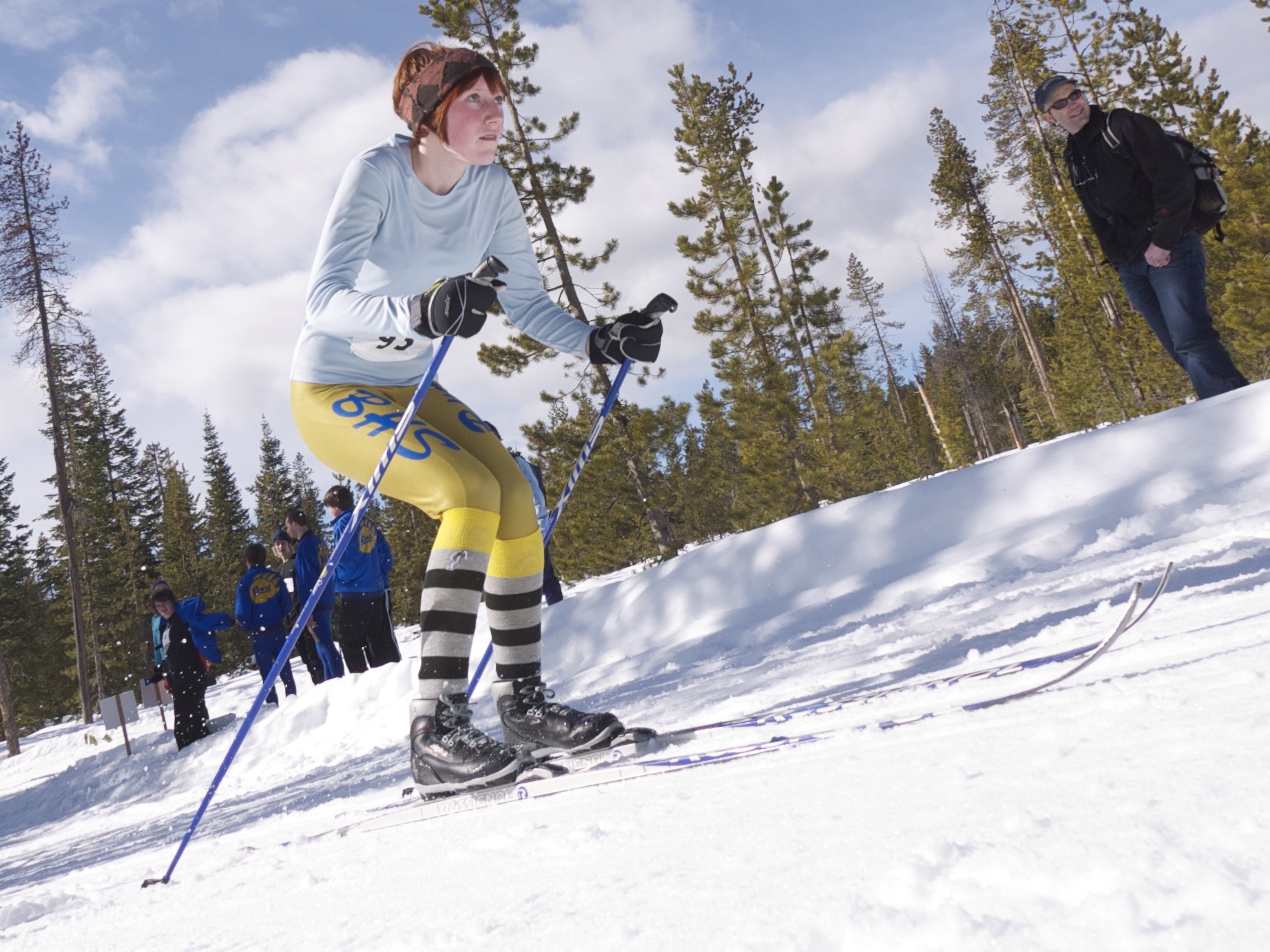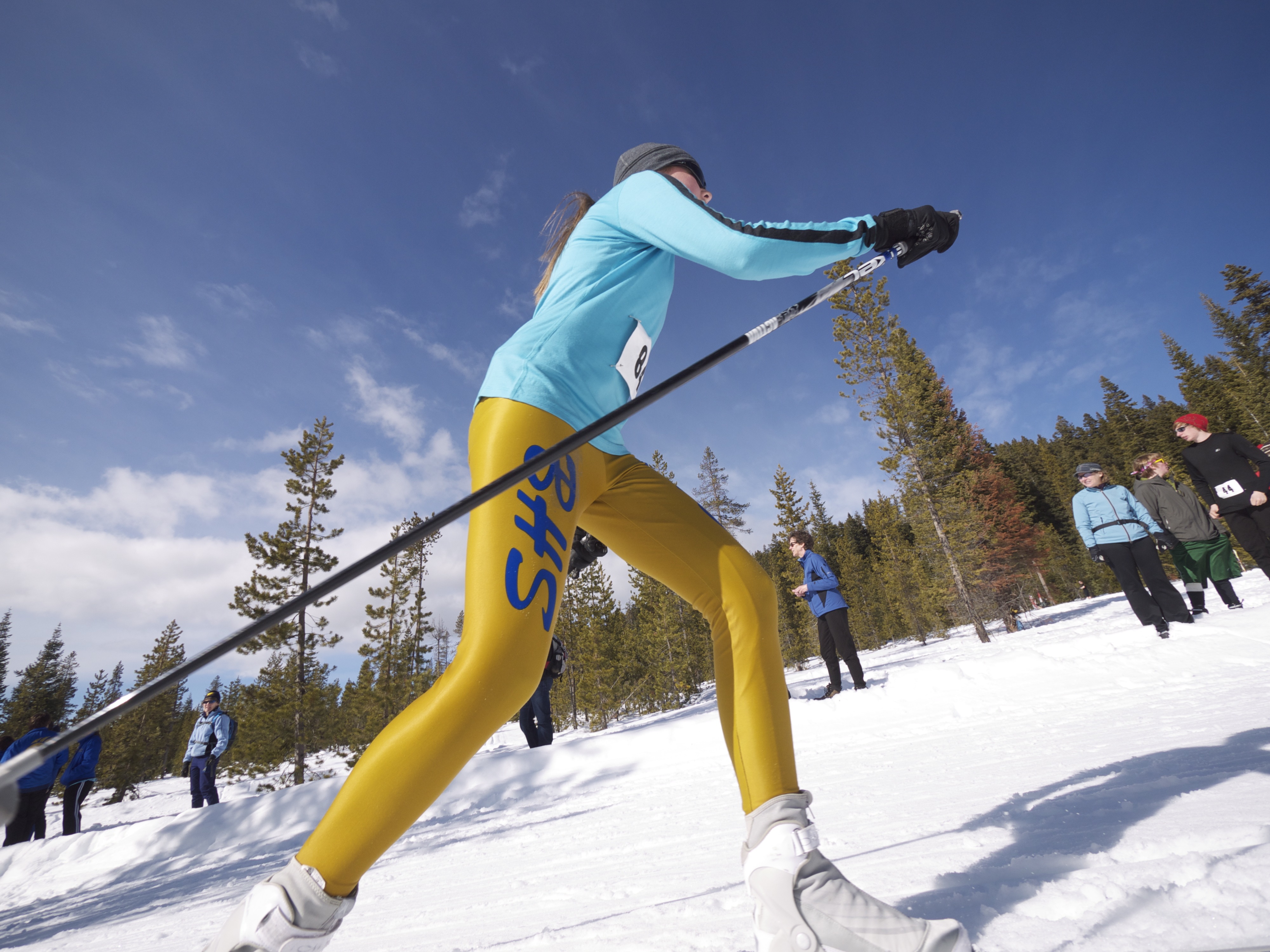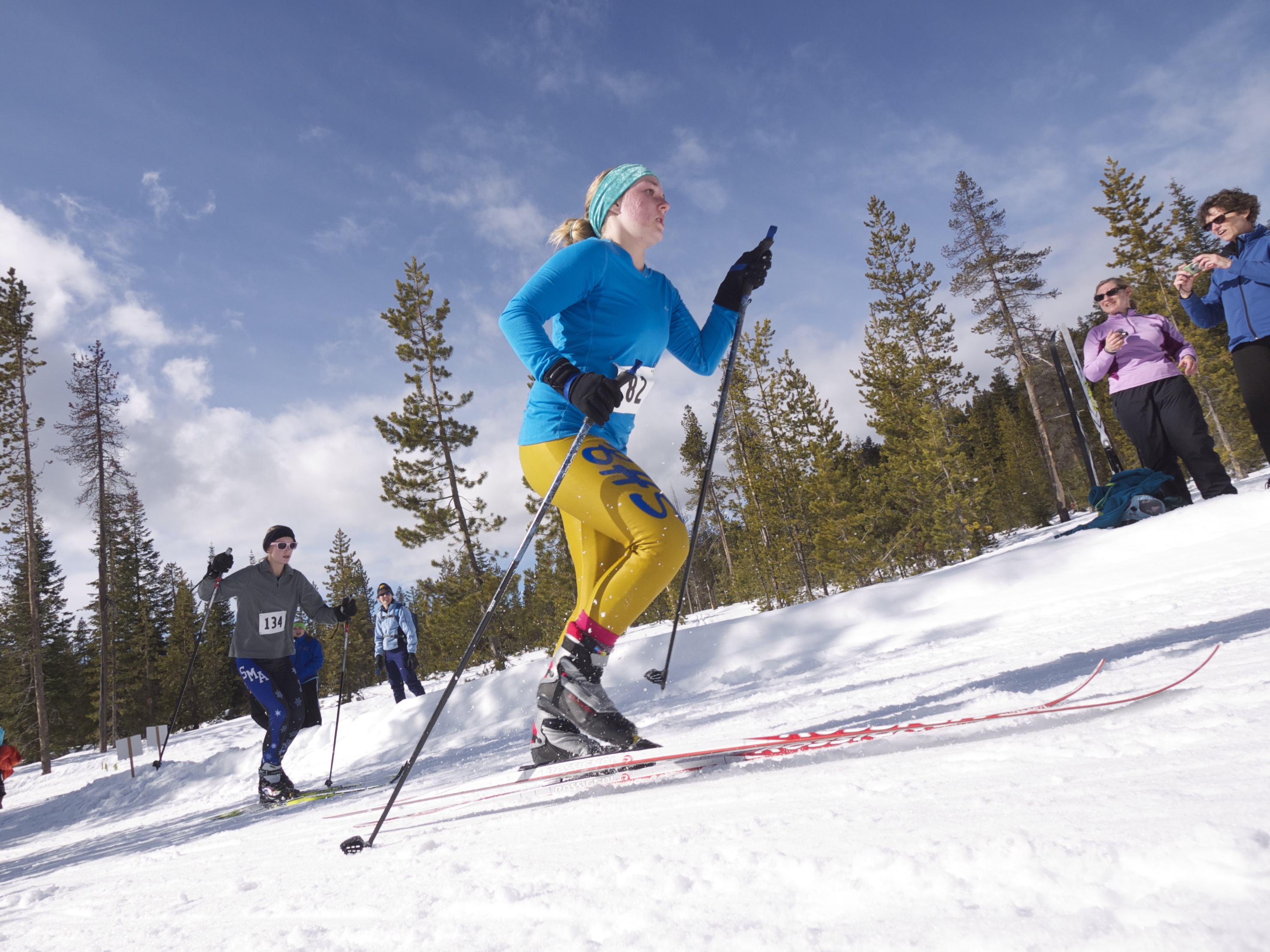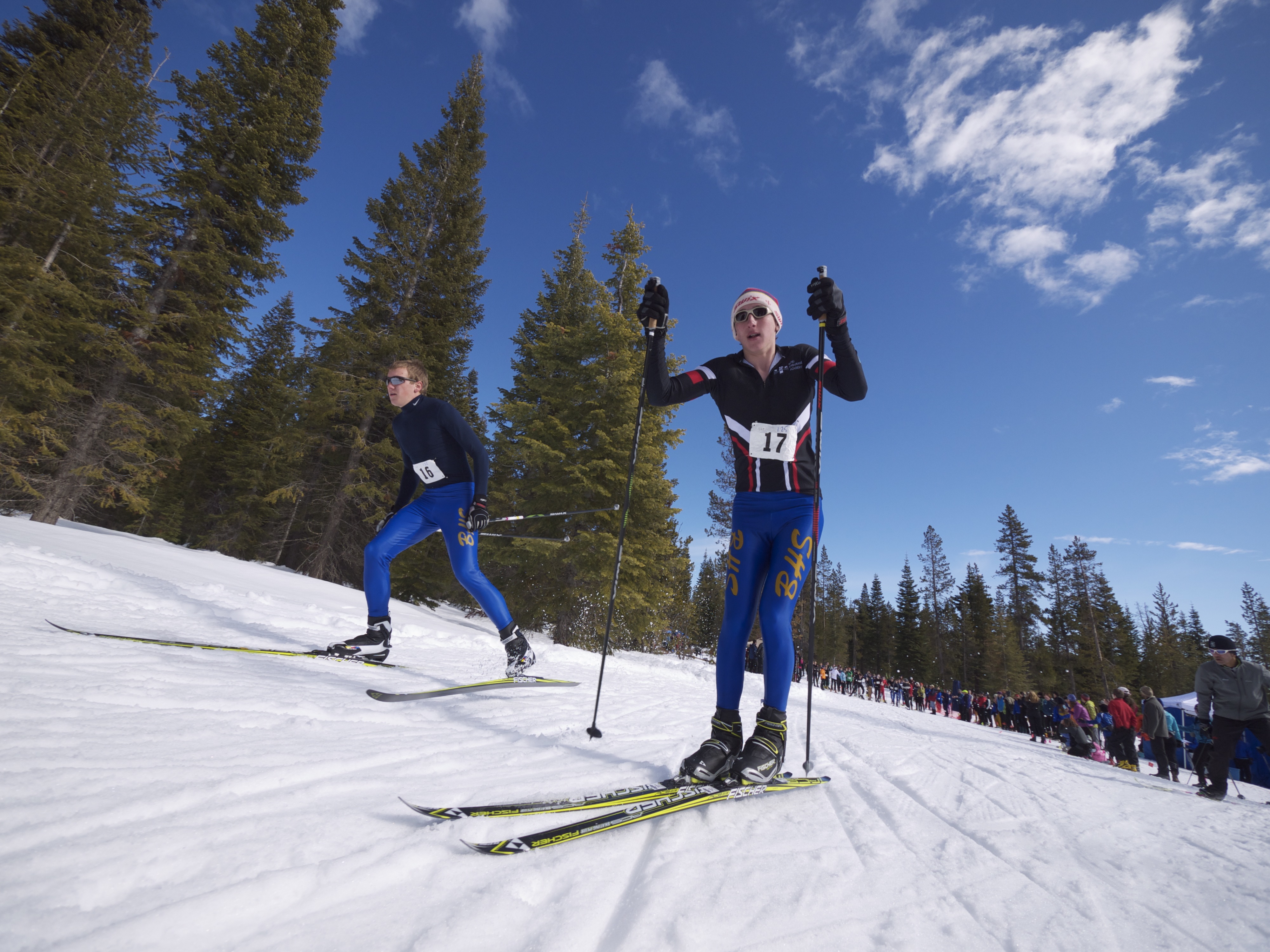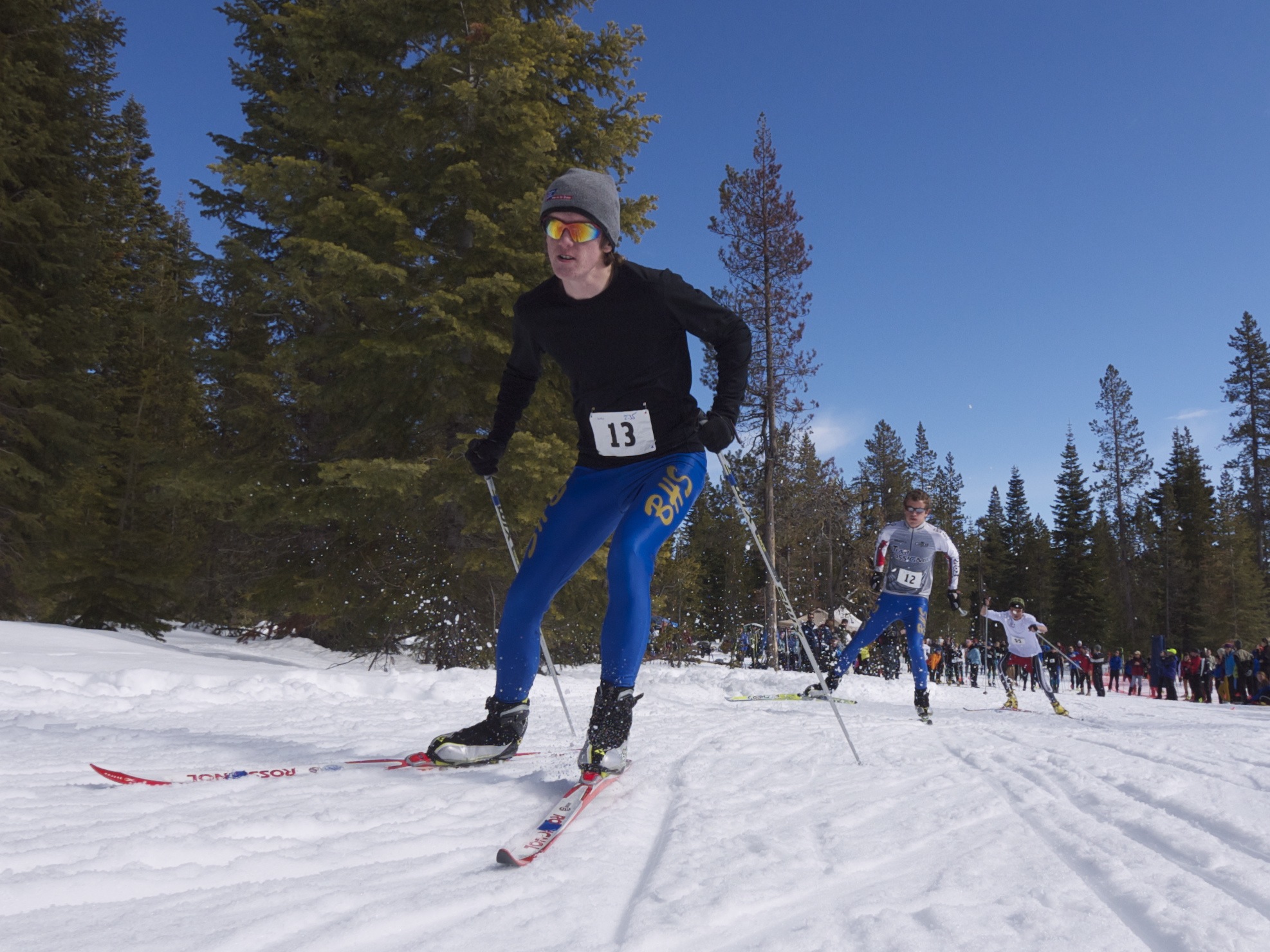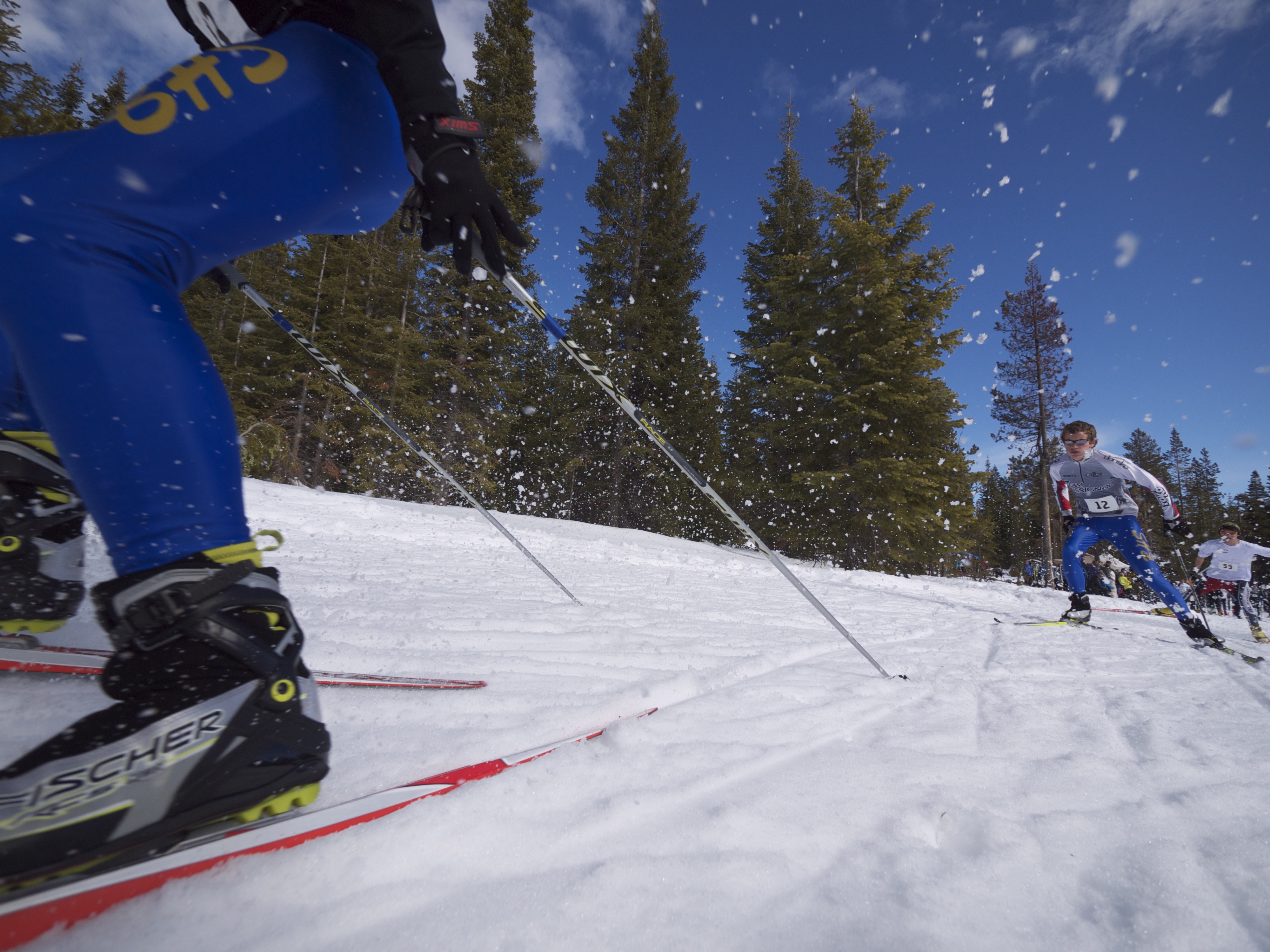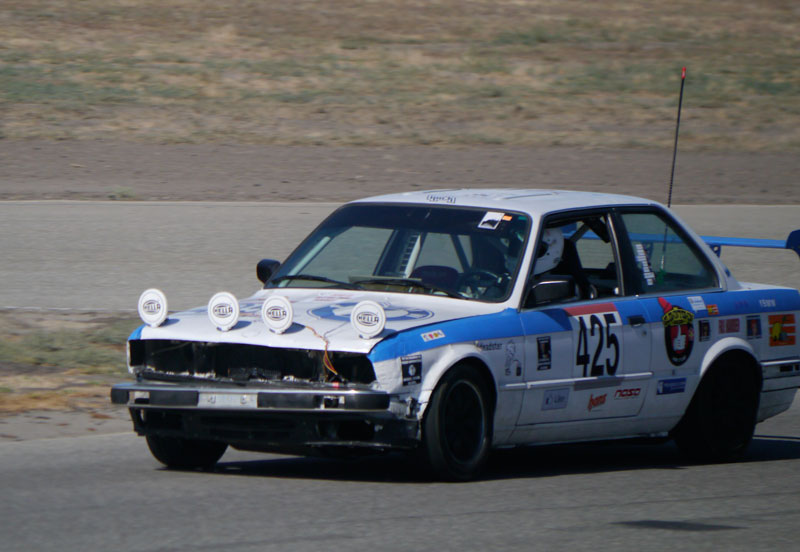
Buttonwillow last December (The 2011 Arsefreezeapalooza)
Infineon in March (The Sears Pointless)
and now, Buttonwillow again for the 2012 Arsesweatapalooza.
The Clowntown Roadshow completed our third Lemons race, and our very first true 24 Hour event. We did “good” in that we all had two shifts at the wheel, and didn’t irreparably break the car. We made a bunch of mistakes, but also did some things right, and all had a ton of fun.
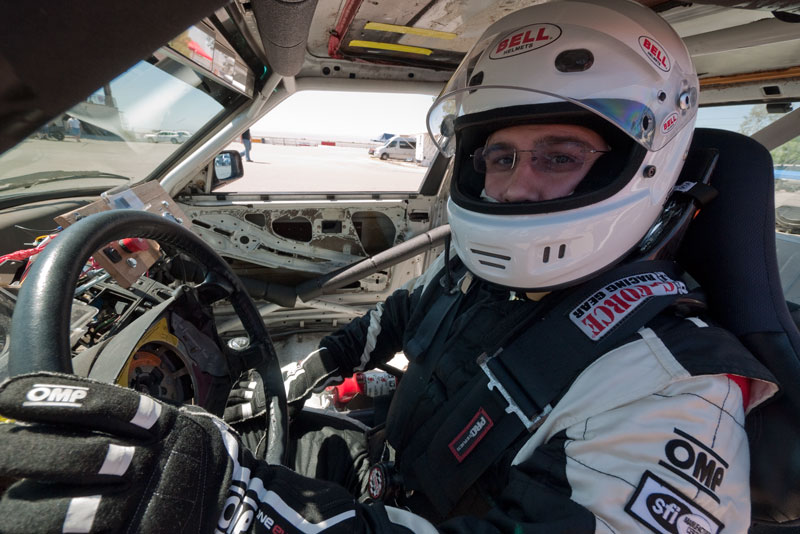
I flew down to the Bay Area last wednesday, and spent Thursday at Facebook HQ attending some meetings before hopping in our team tow vehicle – an un-airconditioned early 90s Ford F250 with utility bed, and driving south for Buttonwillow, which is near Bakersfield in SoCentralCal. Yes, it was HOT. Insult to injury was the 100+ minutes I spent in stop-and-go traffic due to some construction on I-5 about halfway there. I survived (barely) and enjoyed the combination of the best Carne Asada (I’ve had since La Hacienda in Arlington, WA) and the worst Motel 6 (ever on the planet) in the non-town of Buttonwillow, California. Friday was a practice day, and we had too much fun lapping the track, then put the car through Tech & BS Inspection – passing both easily. We enjoyed a team dinner at a small Italian place in Shafter, CA. Since I noted the place was owned an run by some Thais I ordered a Pad Se Ew off the back page of the menu and was blown away by how good it was. Pro Tip: If you dine at Giovannis in Shafter, go for the Thai!
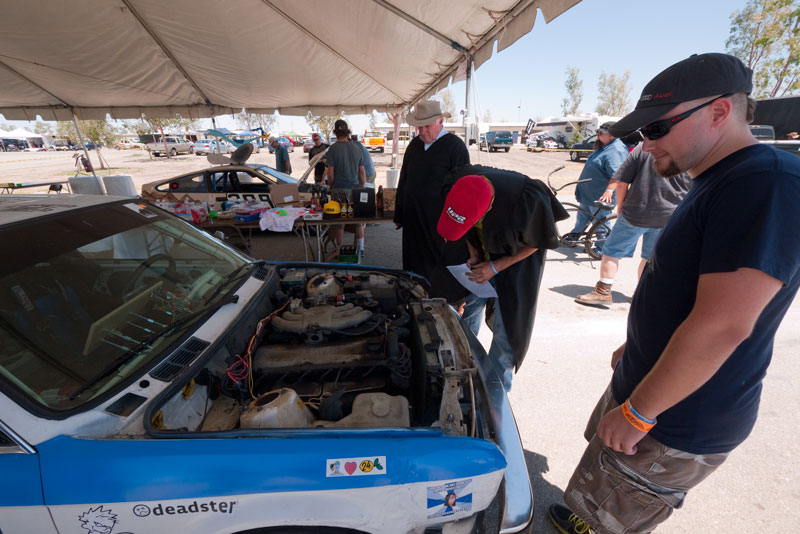
Saturday at 10 am the race started. We ran the #15 config for the terminally curious. I volunteered to take the first shift to avoid the heat of the afternoon. Unlike previous Lemons races where the start is laps and laps of full-course Yellow the green flag flew on my second or third circuit of the track. At the start I was a few cars behind the infamous Rolling Chicane Limousine, this race in the guise of the Titanic. Thankfully I was able to pass it just past the start-finish line.
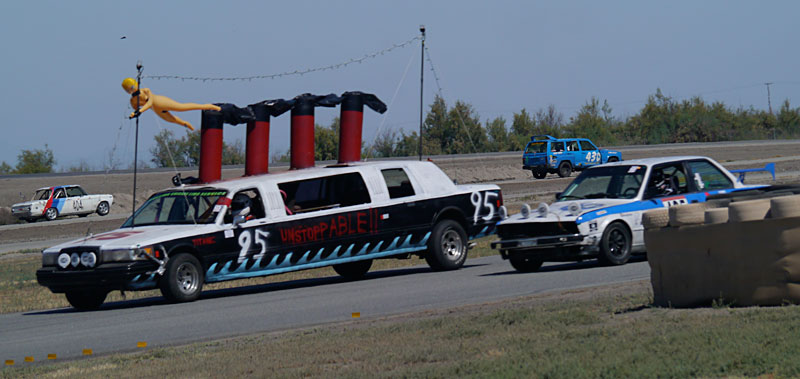
Our little ’89 BMW 325i E30 wasn’t the fastest car on the track though. The field contained several faster cars, mostly BMW 3 & 5 series machines, along with a few fast oddballs like a 4th generation 300ZX and the Model T GT, which you can see passing me below:
Continue reading “The Clowntown Roadshow runs a 24 Hour Race!”
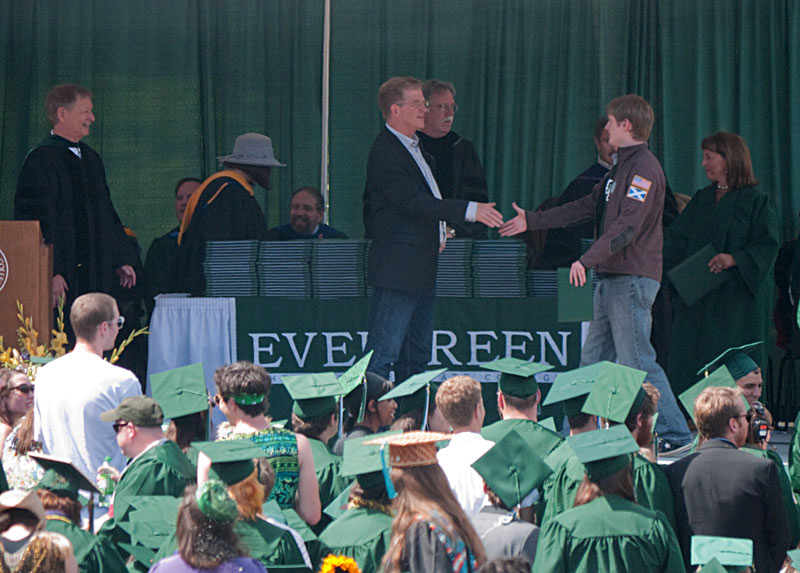
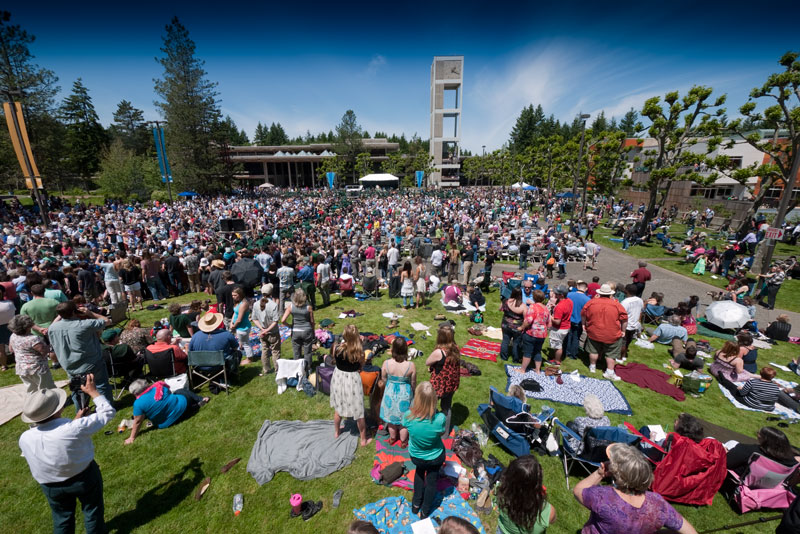
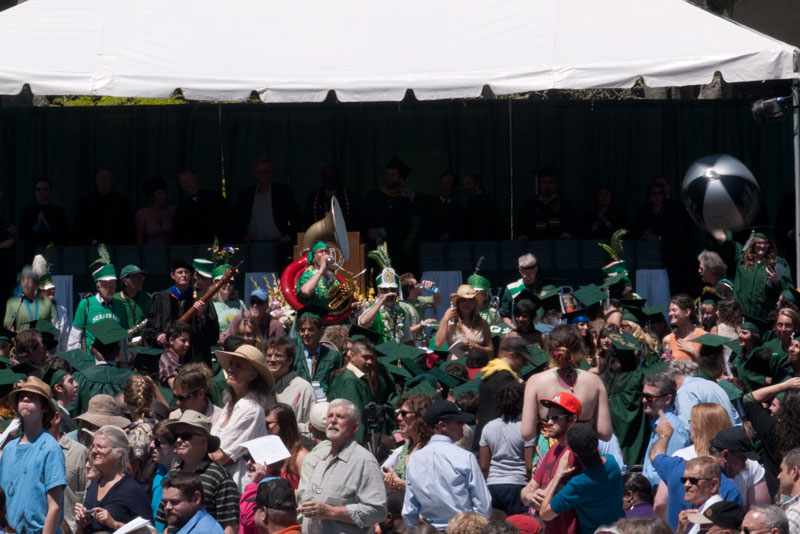
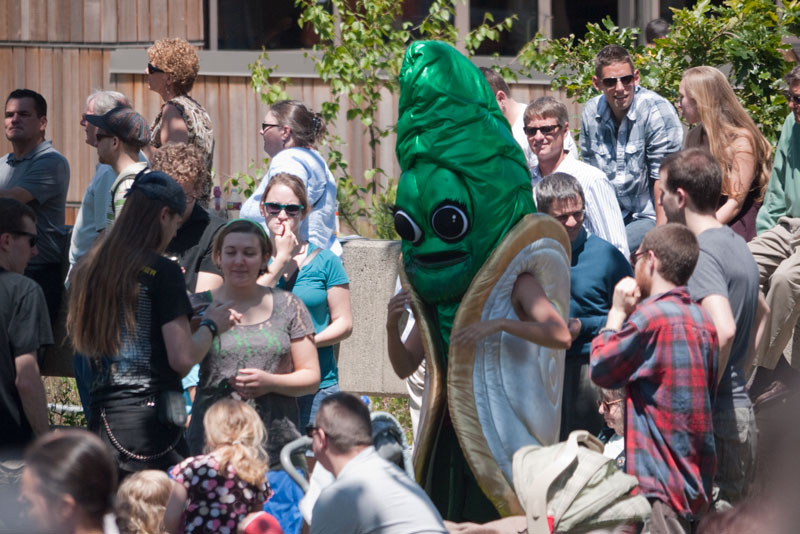
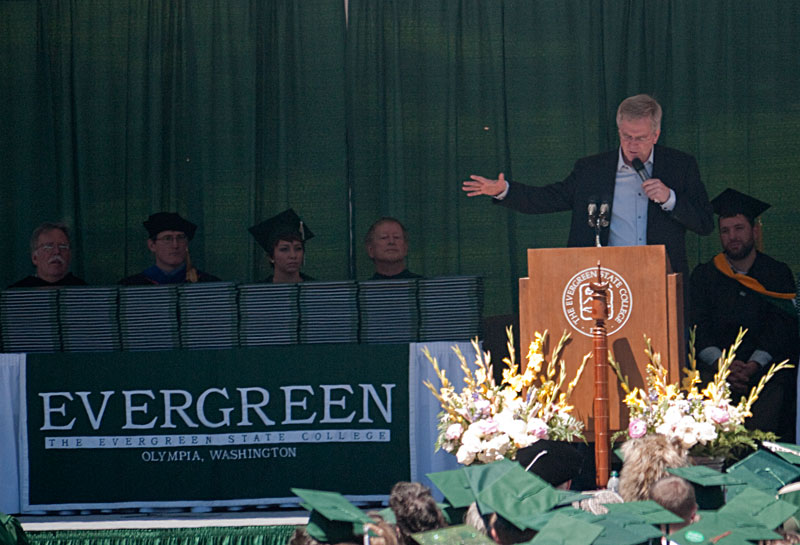
 Dynamics for the last time.
Dynamics for the last time. 
